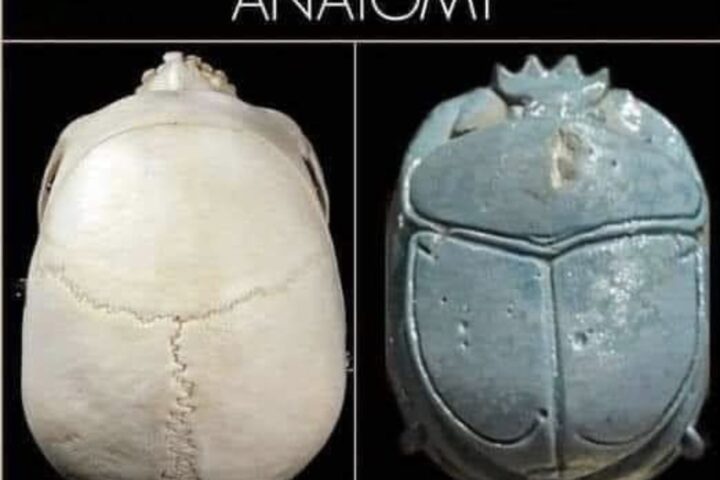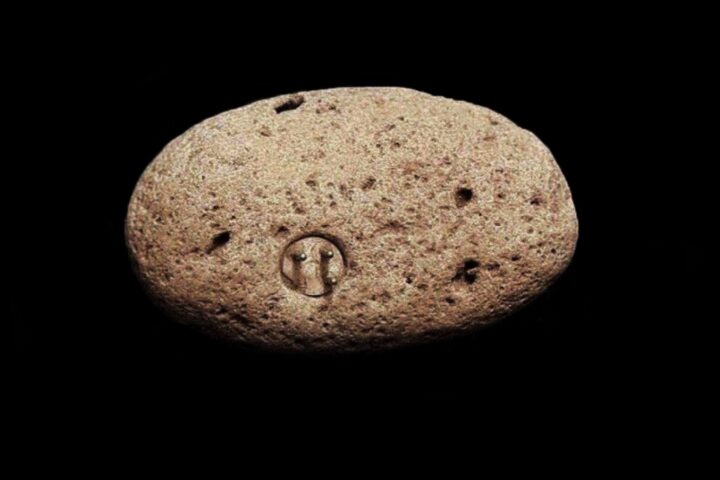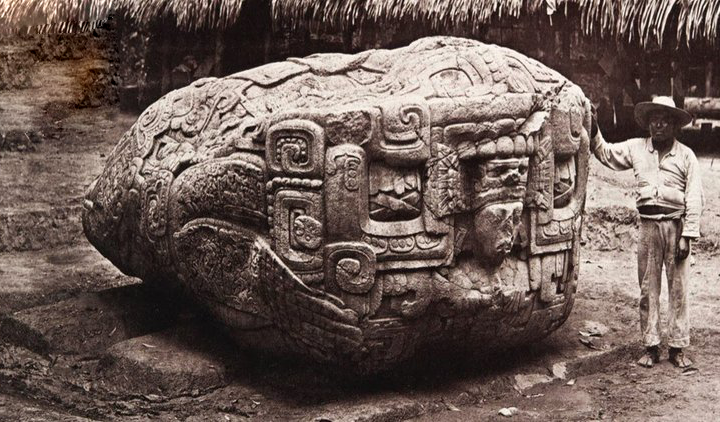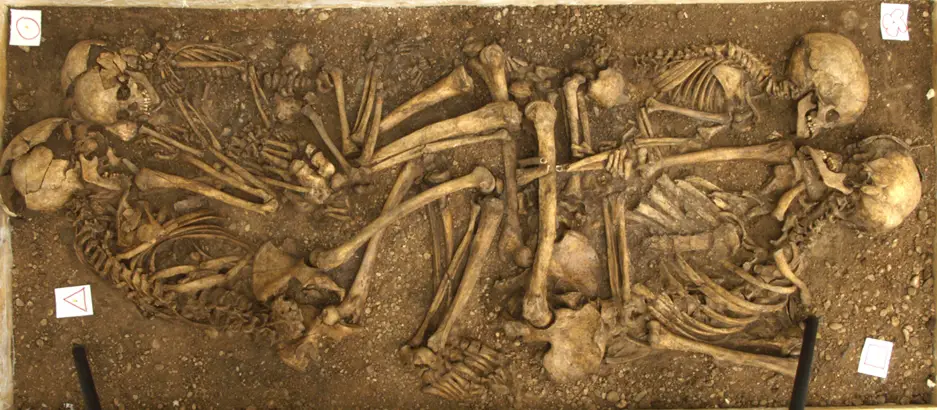The discovery of a medieval man’s forearm with a copper plate in Varnhem, Sweden, offers a fascinating glimpse into early surgical practices. Varnhem Abbey, founded around 1150 by Cistercian monks from Alvastra Abbey in Östergötland, Sweden, holds significant historical importance.
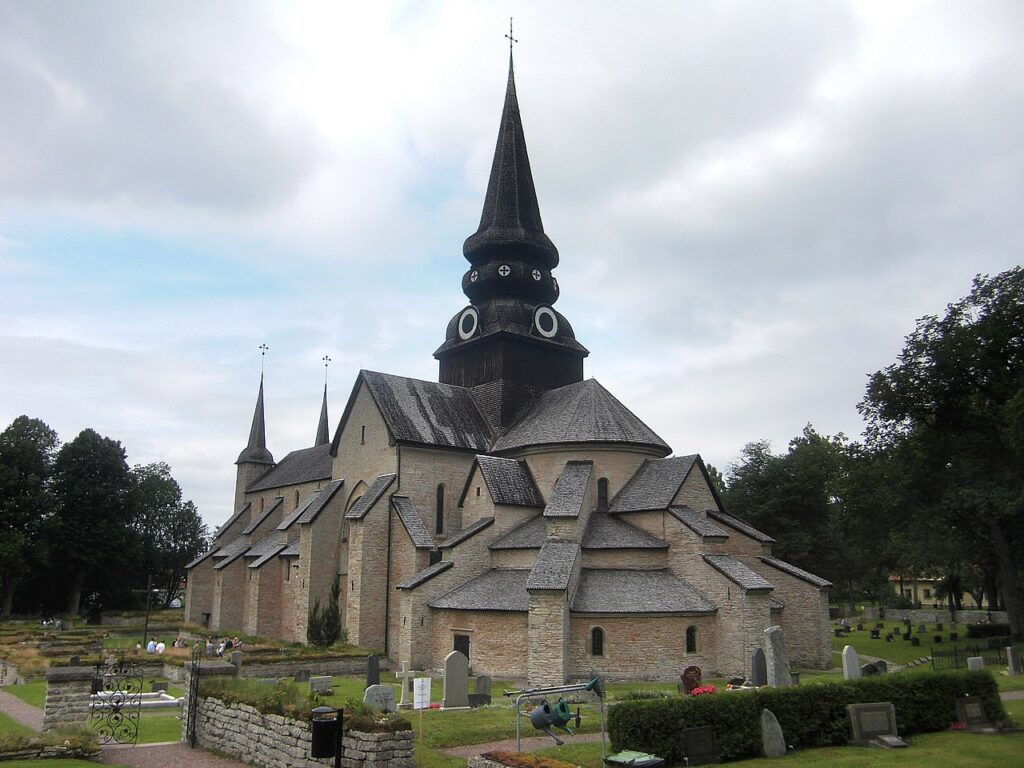
This monastery witnessed various historical events, including its confiscation in 1527 during the Reduction of Gustav I of Sweden and the burning of its buildings by Danish forces in 1566 during the Northern Seven Years’ War.
The Varnhem humerus, found in the monastery’s cloister aisle in 1928, likely dates from between 1260 and 1527. This time frame was deduced based on the location and historical context of the monastery, which was a prominent center of early Swedish Christianity, with Christian graves dating back to the 800s.
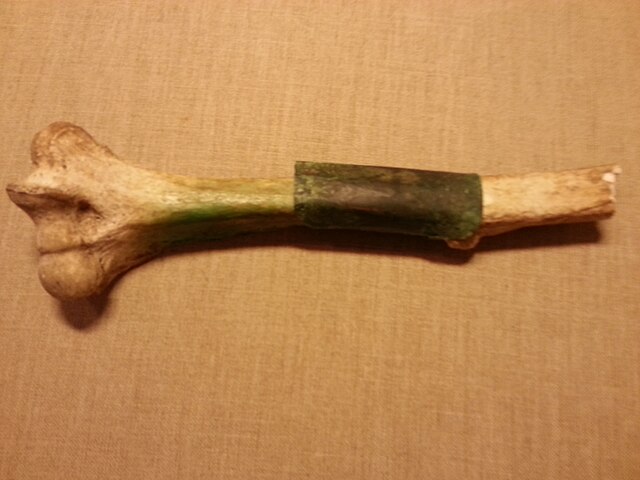
A study by Dan-Axel Hallbäck, published in “Ossa: International Journal of Skeletal Research,” provides a detailed analysis of this unique discovery. The humerus was wrapped in a remarkably pure copper cylinder, 7.3 cm long and about 0.7 mm thick, with evidence of a healed fracture and signs of infection. These findings suggest that the patient not only survived the surgery but also recovered over a significant period.
The nature of the injury, possibly caused by a weapon like an axe or a sword, led to the application of the copper plate for stabilization. Interestingly, the copper’s antibacterial properties likely played a role in the healing process, whether intentionally or not. The well-developed exostoses and the proliferative bone reaction, along with the absence of fracture notches on the X-ray images, indicate that the patient lived for years, possibly even decades, after the surgery. However, the function of the arm post-operation remains unknown.
This case is a testament to the advanced medical knowledge and practices in the Middle Ages, particularly among the Cistercian monks, and provides valuable insight into early surgical techniques and the use of materials like copper in medical treatments.
For further exploration of this topic, you can refer to the paper by Dan-Axel Hallbäck in “Ossa: International Journal of Skeletal Research.” Unfortunately, I couldn’t find a direct link to the paper, but it might be accessible through academic databases or library catalogues. Additionally, the Varnhem Abbey’s history and archaeological significance offer a broader context to this discovery, and more information can be found on its Wikipedia page or other historical resources related to early Swedish Christianity and the Cistercian Order.


